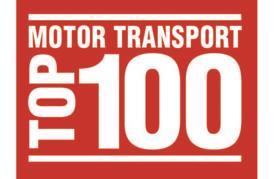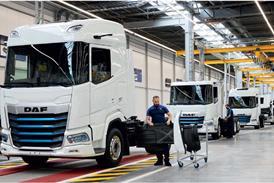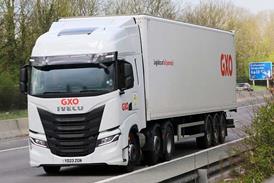While fuel has come down in price during 2023, many other costs have risen for buyers and operators of commercial vehicles,
When comparing this year’s operating costs with last year’s figures, it becomes apparent that there are some significant changes to be aware of. These include a much higher purchase price, which also increases finance and insurance costs, and a reduction in fuel prices. The higher the mileage a vehicle travels, the greater the potential to recover the increase in capital costs through the lower fuel costs. However, the cost of fuel is influenced by global issues and so operators need to be wary of price fluctuations. Other price pressures on operators come from such issues as increasingly expensive parts and tyres and the shortage in skilled technicians, which results in higher maintenance costs.
Looking ahead, fixed-cost tyre pressure management systems (TPMS) are becoming mandatory. To be fullyncompliant, all newly registered trailers must be installed with TPMS from 7 July 2024, at an estimated cost of £700 per triaxle trailer. Other unavoidable costs coming down the road are those associated with the General Safety Regulations, which are estimated to add a further £2,500 to the cost of a vehicle.
Going green is a major consideration for operators, with some switching from diesel to hydrotreated vegetable oil (HVO). While being more environmentally friendly, this fuel does carry a price premium. Some operators are choosing to run gas-powered trucks – mainly compressed natural gas (CNG) – and if the distance travelled is high enough this can more than compensate for the increase in capital cost.
Electric vehicles (EVs) are starting to make an appearance in small numbers, mostly on trials with operators. In the absence of a large pool of data from which to draw conclusions, the figures for EVs in the cost tables should be taken as indicative.
The residual value of an EV is assumed to be 10% of the capital cost. With batteries making up half the cost of an EV and having an anticipated lifespan of 10 years, the residual value could be impacted by the replacement battery costs. However, it should be noted that the data is young and very limited.
As with internal combustion engined vehicles, a higher capital cost means increased finance and insurance expenditure. Consideration should also be given to the purchase of battery chargers and any other infrastructure costs, while bearing in mind that the heavier weight of EVs could reduce tyre life.
With a range of options available to power vehicles, operators need to collect, check and analyse their costs to make the best decisions.
Supporting documents
Click link to download and view these filesMT Cost tables 2023
PDF, FileSizeText 1.5 mb
















